Very often in the process of manufacturing furniture or some other products from plywood, there is a need to create elements of incorrect forms. Of course, such blanks can be cut out of a solid sheet, however, in this case it turns out an unnecessarily high consumption of the material. There is another way to give the wood of the desired bends, in this article we will tell about how to bend to Faneru.
What material is easier to bend
First, let's figure it out that it is plywood. These are thin sheets of wood glued together in such a way that the fibers of each layer were located in different directions. A similar method of material production makes it more durable, but also increases the resistance to bending. That is why the easiest way to be flexing that Faneru, which has few layers.
For industrial furniture production, this material is flex with a special way: a sheet is clamping in matrices, treated with steam, and then twisted using special equipment.
If you want to independently produce a wooden part of the wrong shape, for this there are several ways: gluing layers, breaking or performing cuts. Below we will consider here each of the methods.
Sparking material
Processing process
Before you bend 10 mm thick Paneur, it must be treated with hot steam. You can do it yourself as follows:
- hold a sheet over a container with boiling water for a long time;
- use iron with uninterrupted steam feed.
If you have a sufficiently large container in which you can put a processed fragment - you have the opportunity to slaughter the Fan. To make it easier for you to determine the desired time of such processing, use the table below:
If you have no suitable ass under your hand, you can simply wet Phaneur. To do this, place a sheet of material in a bath with water and leave for a while. It is possible to determine the period of soaking, based on the thickness of the wood, direction and angle of bending. It should also be noted that when the material is soaked in hot water (over 60 ° C), the processing time will be 2 times higher than when boiling. In the event that you use cold water, soaking time will increase at least 20 times.
Note that it is also possible to break the Faneur too long, otherwise the layers of wood can separate apart from each other.
After the material lay in water enough time, it is bent in the right place and fix it until the item is completely dry. Please note that the largest degree of bend can only be done if you are a leaf across the wood fibers. We also note that if you process the material with your own hands, you can combine steaming with soaking. At the same time, only the place is kept over the steam, which is subsequently expected to be bend.
Fastening details
Note that it is possible to give the desired part of the part in one or more stages. It depends on how cool the angle of bending should be. If this indicator is large enough, then the necessary manipulations follow in several stages. The plywood leaf after discharging or sprinkling is a bit twisted and leave until complete drying. After that, this work is carried out again and again until the desired form is reached. If the angle of curvatures is needed small, then you can cope with the task in one stage.
After you have made all the necessary manipulations with the wood, bent Phaneur should be consolidated. This is done in two ways:
- Any heavy item is installed on the place of curvature, the ends of the details are tightened with a rope and put on supports.
- Fixed the resulting item in a special template and fixed with a rope or adhesive tape.
As such a template, you can use any suitable construction that has the desired curvature and sufficient strength. Very often for such purposes there are a template from Fiberboard sheets. If you want to make an arches from plywood in the form of an arches, a steaming fragment of the material can be fixed in the doorway using self-tapping screws.
In the event that it was necessary to create a detail of a large size and a complex form, it is best to use a pattern from a steel sheet. At the same time, bending the workpiece should be folded together with plywood, crossing both materials among themselves. Separate the steel element from the wooden can only after the last drying of the latter.
Plywood bending by cutting
At this point, we will look at how to bend the plywood of a large thickness. As a rule, the cutting method is used in the processing of a material with a thickness of 16-22 mm. The fact is that it is quite difficult to unpack or twist a similar sheet, so in those metas, where it is supposed to create curvature make special propuls. They have a cone-shaped form and are performed using a manual milling machine.
It should be known that it is possible to cut a sheet only to a layer with fibers of the opposite direction, otherwise the material can give a crack. Creating propellants of different width allows you to change the angle of bending the product.
After the cuts are made, the item is curved in the desired manner and fixed in this position. Then the veneer sheet is glued on top, using epoxy glue or PVA, after which the workpiece is left to complete drying. You can bend the product as cutting inside and outwards.
Bonding plywood
In order to create a product with a defined bend from plywood, to begin with, it is necessary to make a template. After that, a thin sheet of material is twisted according to the template, the same is done with the following layers. It is important to remember that each new wood sheet needs to be laid on the previous, alternating direction of fibers. Bulit the layers of each other with PVA or epoxy glue.
After a complete drying, its ends should be treated with a grinding machine, eliminating the irregularities and fragments of dried leaked glue.
Furniture from bent plywood, photo:
Useful recommendations
To make a beautiful and high-quality product, you need to consider some subtleties:
- From the part of the wood fiber across the part of the wood fiber than along. Therefore, the corner of the product bend in the first case will be less than in the second.
- Details obtained during the work should be stored in dry rooms where air humidity does not exceed 10%.
- After breaking or boil the wood, you should not wait until it cools. The material in the processing process should be warm.
In this article, we described all the available methods, thanks to which you can bend to Phaneur with your own hands using braid tools and tools.
How to bend Faneru, video:

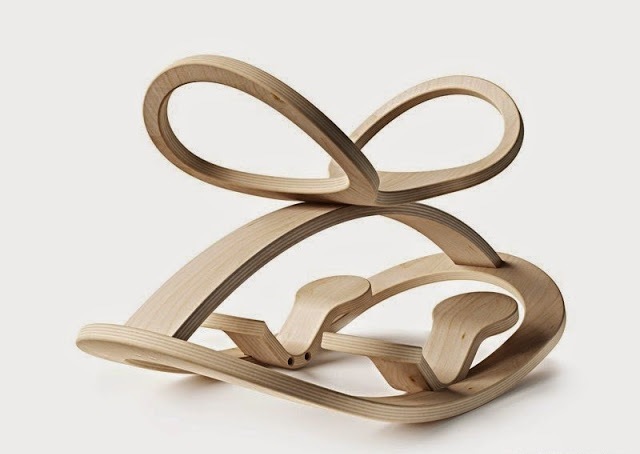

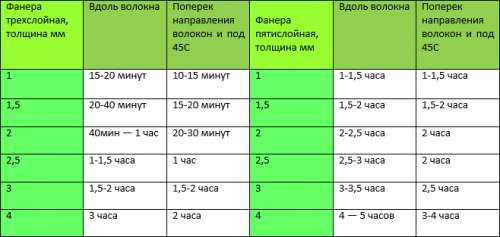
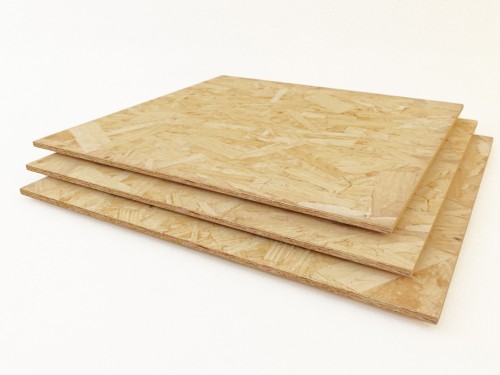
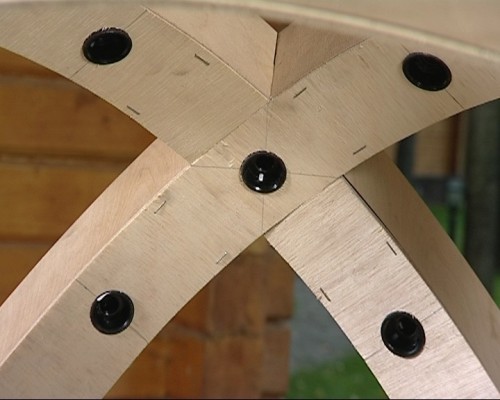
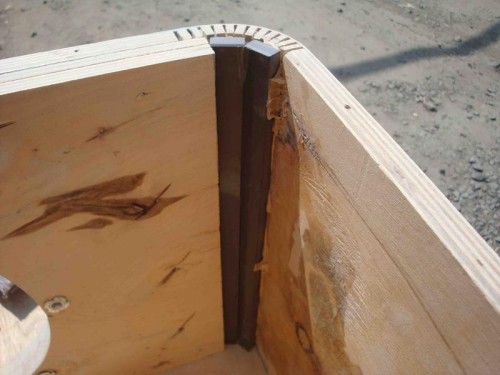
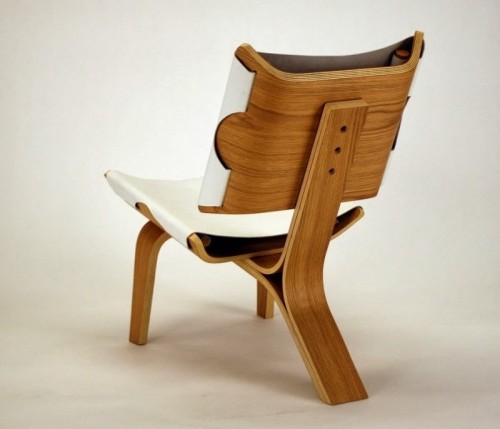
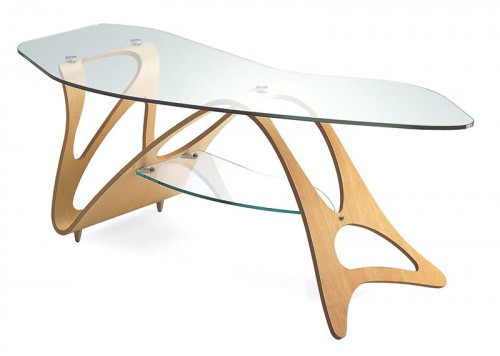

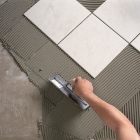


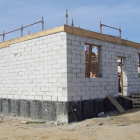
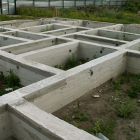


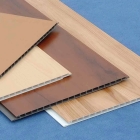
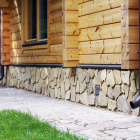
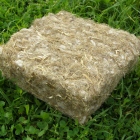
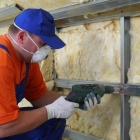
 Start a discussion ...
Start a discussion ...